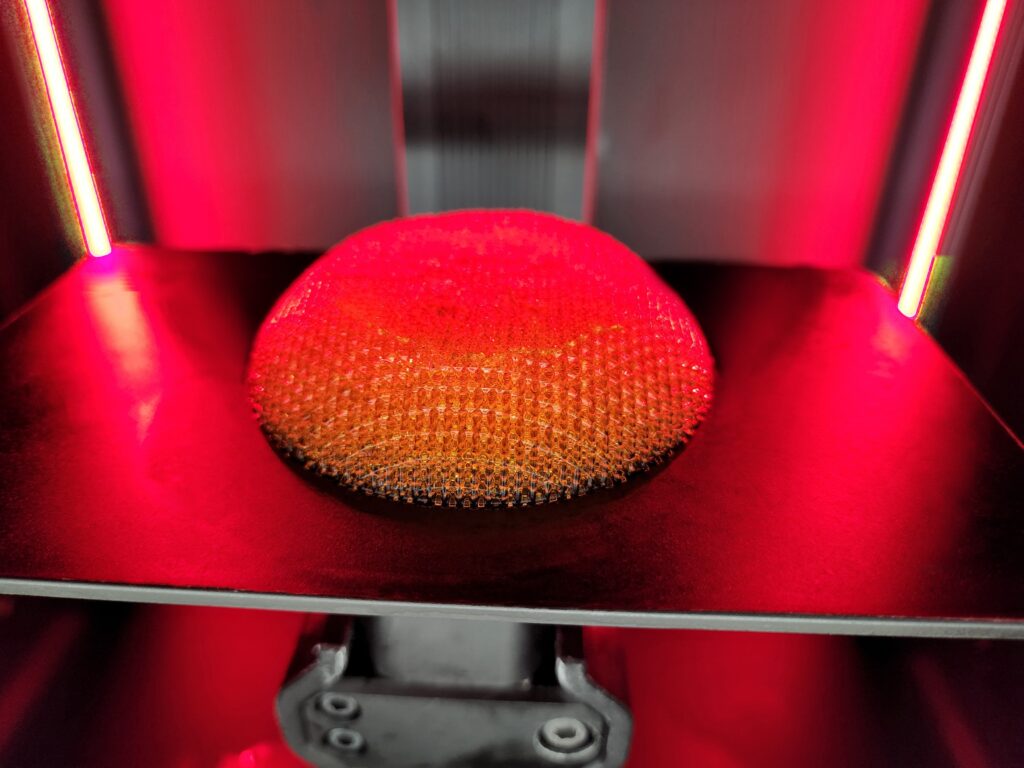In our first Poll of the Week, when given the choice between automotive, medical, military, and oil & gas 3D printing articles, respondents overwhelmingly picked medical. 3D printing is, as AM Research wrote, “well established” in producing dental aligner tools and models, models and other devices for pre-surgical training, advanced orthopaedic implants, and much more.
For the second LinkedIn Poll of the Week, we decided to ask which specific medical applications people were most interested in learning more about, with four choices: medical models, surgical guides, prosthetics & orthotics, or implants. With 64 votes, and one person suggesting 3D printed organoids for research purposes in a comment, 3D printed medical implants won with 41% of the vote.
According to the FDA, medical implants are tissues or devices place on the surface, or inside, of the body. Some implants offer support to the surrounding tissues and organs, while others are meant to replace missing body parts, and others still deliver medication or monitor body functions.
There are plenty of examples of 3D printed medical implants going back a number of years, and many much more recent examples as well. Researchers at the Hannover Medical School’s Ear, Nose and Throat (ENT) clinic developed a 3D printed external ear canal implant that releases post-op medication to prevent restenosis, and 3D Systems partnered with Theradaptive to work on therapy-coated 3D printed implants, while doctors at the University Hospital Basel used its material extrusion technology to print a patient-specific cranial implant. BellaSeno 3D prints bone and chest wall implants, and CollPlant has collaborated with both Stratasys and 3D Systems on breast implants. 3D printed spinal implants are another big application, and have been for quite some time.
One of the more anticipated medical 3D printing advances this year is the widespread use of custom-designed implants, including 3D printed implants for the nervous system. In this specialized area, University of Oxford researchers successfully 3D printed human stem cells to make tissue structures that integrate with mouse brain tissue, which has the potential for repairing brain injuries, while researchers from the University of Sheffield are working on customizing implants for spinal cord stimulation in animal models.
Featured image courtesy of BellaSeno.
Subscribe to Our Email Newsletter
Stay up-to-date on all the latest news from the 3D printing industry and receive information and offers from third party vendors.






